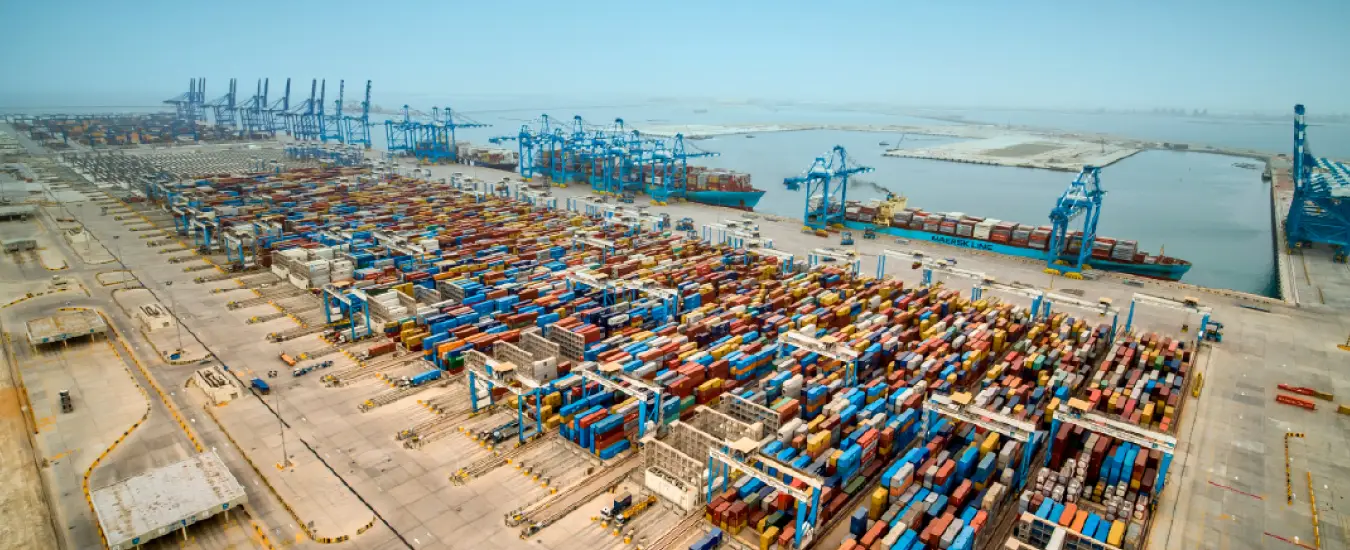Abu Dhabi’s Khalifa Port Project has officially unveiled CEMEX, as its concrete supplier. As a result, the leading firm will provide well over 200,000 cubic meters of Vertua lower-carbon concrete. Thereafter, it will be used for the development of the infrastructure’s topside.
The Khalifa Port’s location is midway between Dubai and Abu Dhabi. An official statement noted that the supplier selection was based on Khalifa Port’s sustainability agenda. Quite impressively, Vertua is reported to achieve up to 70% in the decrease of CO2 emissions. Furthermore, its capacity does not sacrifice nor comprise performance.
Read Also: Post 6-Year Delay; Abu Dhabi Midfield Terminal Nears Opening
Abu Dhabi’s Khalifa Port Project Global Reputation
Back in 2012, the Abu Dhabi’s Khalifa Port Project was successfully inaugurated. As a whole, it is one of the largest port infrastructural projects, on a global scale. Moreover, the 8.63-kilometer squared development features top-tier technology. As it stands, the port accommodates 25 major shipping lines. Its strategic location offers direct links to over 70 international destinations.
Further works will include a liquid bulk terminal, a logistic port as well and a roll-on-roll-off terminal. Taking it a step further, the 18.5 meters deep water multipurpose port, will feature a 10.6 kilometers of quay wall. Alongside, the aforementioned, it will also include two container terminals, and a large general cargo and dry bulk facility.
The President of CEMEX excitedly spoke about the company’s involvement in the project with pride. Sergio Menéndez said that CEMEX is proud to serve its contribution towards the reduction of carbon footprint, especially of such a major development. In extension, Vertua plays a vital role in the company’s Future In Action program. It focuses on achieving sustainable excellence, through five measurable and specific attributes. The guiding principles are water conservation, design optimization, lower carbon emissions, energy efficiency, and the use of recycled materials. By 2050, CEMEX targets to become a net-zero CO2 company.

